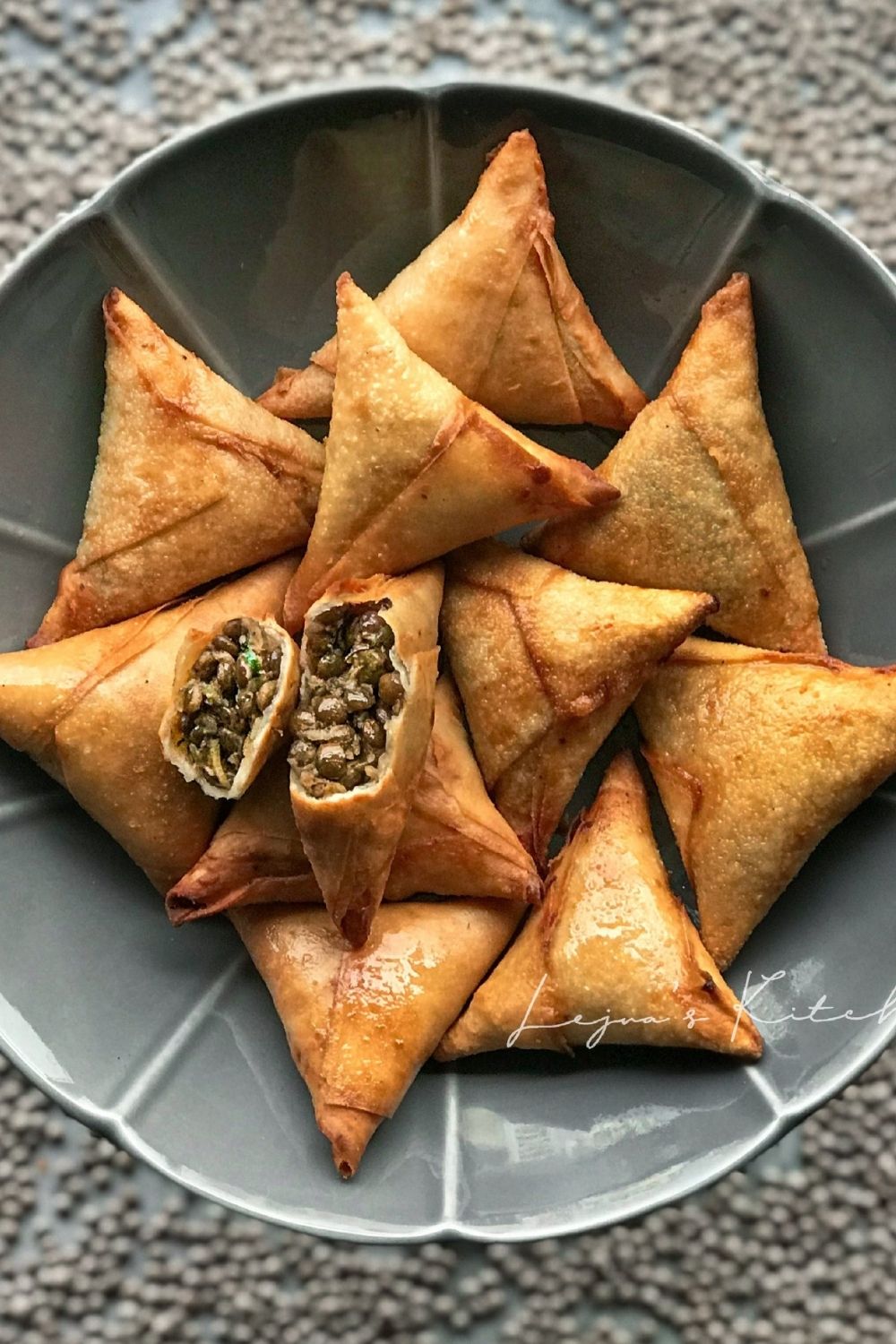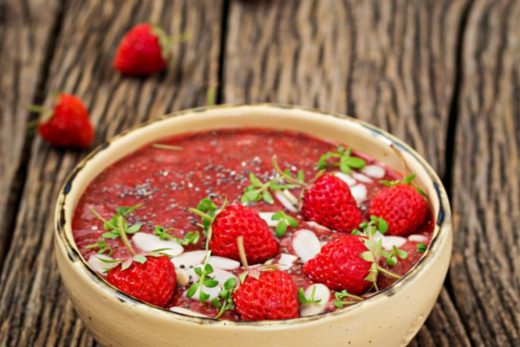Dishes like sambusa, crispy fried parcels of dough filled with a juicy mixture of ground beef seasoned with aromatic dill and cinnamon; sfeeha—little pizza-like rounds topped with yogurt-marinated beef, tomatoes, and pine nuts; gooey kanafeh made with stretchy Nabulsi cheese, topped with shredded filo dough and drowned in a orange blossom-flavored syrup; qatayef, thin, golden pancakes filled with cheese or nuts and soaked in simple syrup; and the dates—you can’t forget the plump, juicy dates—that are always, always on hand to break the fast. Most of these foods were special treats, rarely made by my mother outside of Ramadan, mainly due to the effort they involve, and every bite brought to mind the faint memories I have of visiting Saudia Arabia as a child: of the athan, or call to prayer, bellowing through the streets; of the kitchens, always busy, always filled with the warm scent of spices; of a long spread of fresh food laid out on the floor of a big room,





